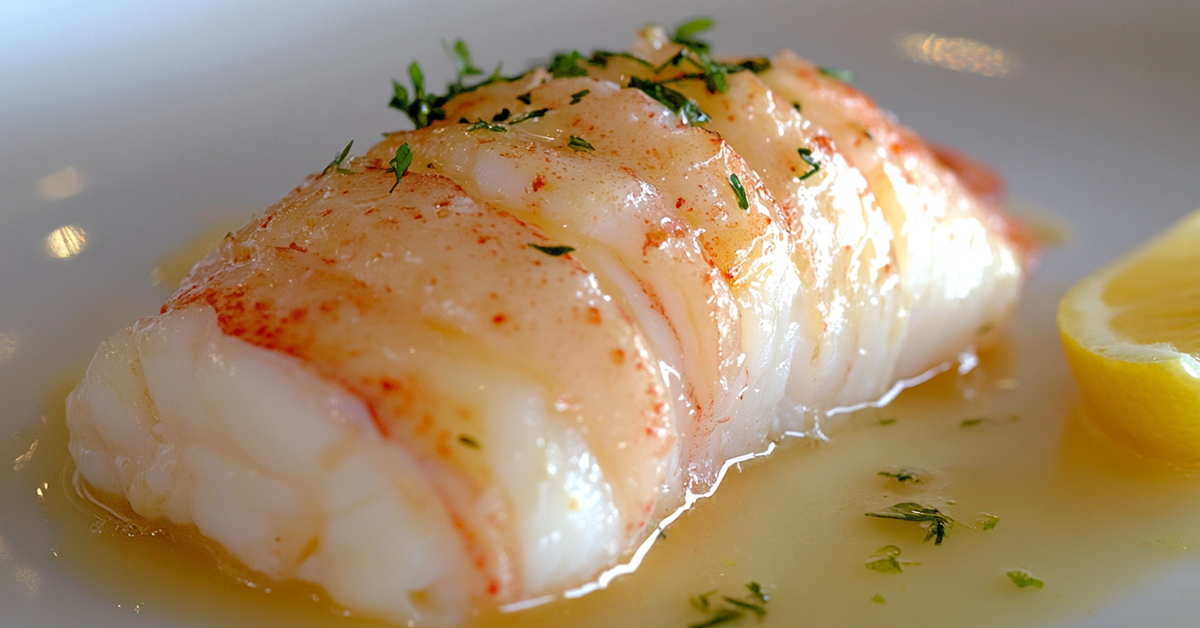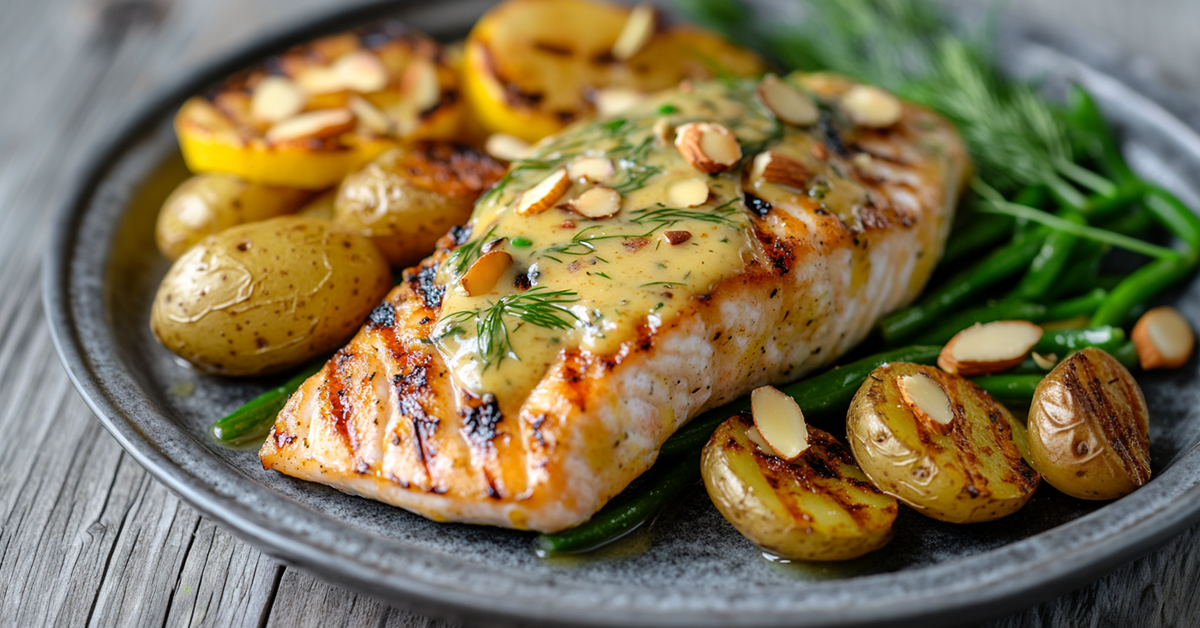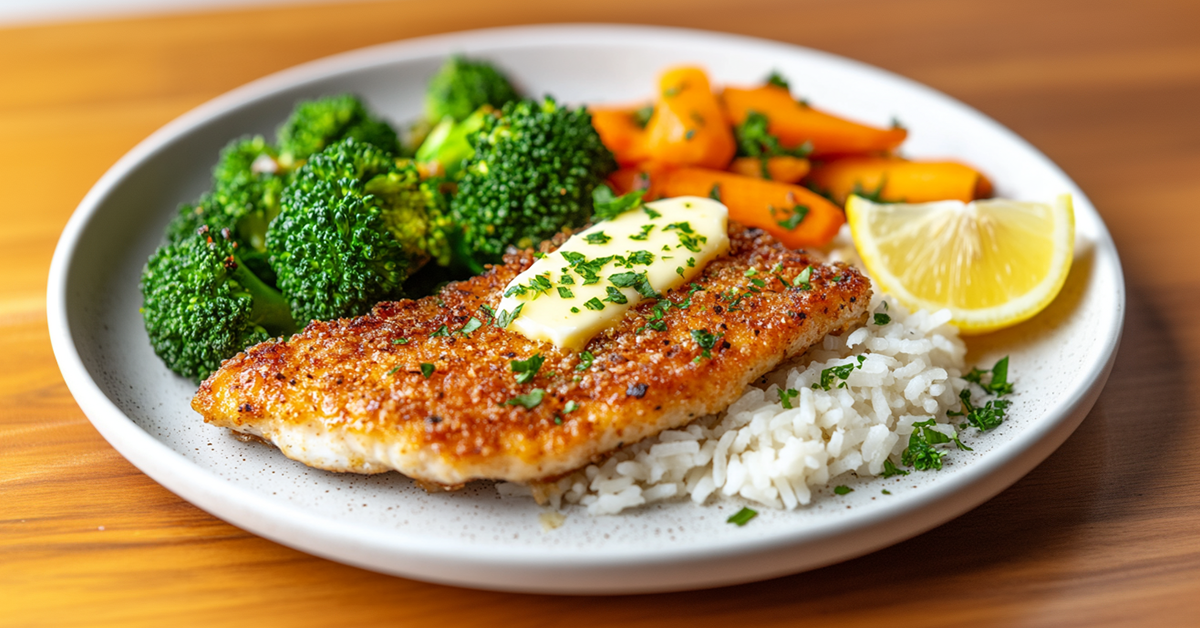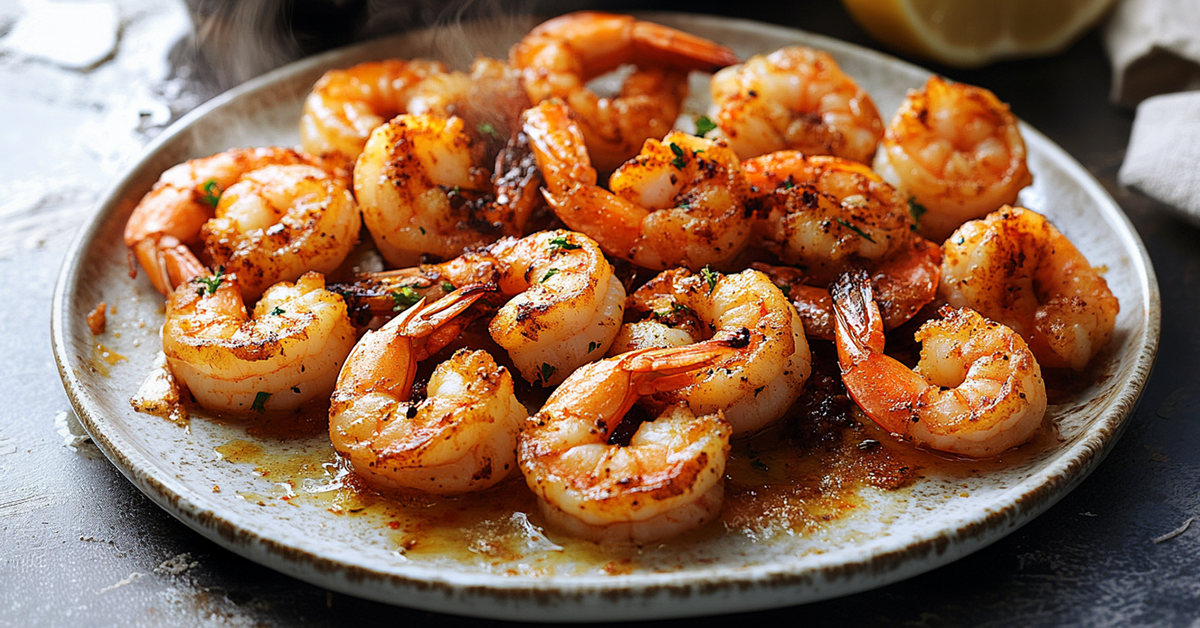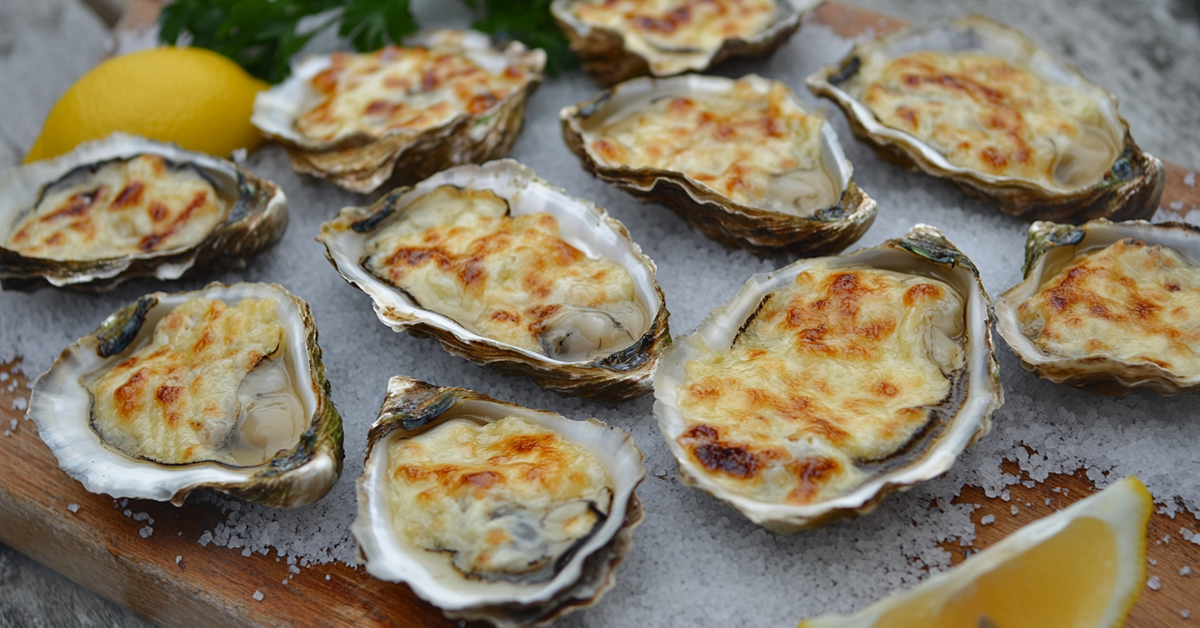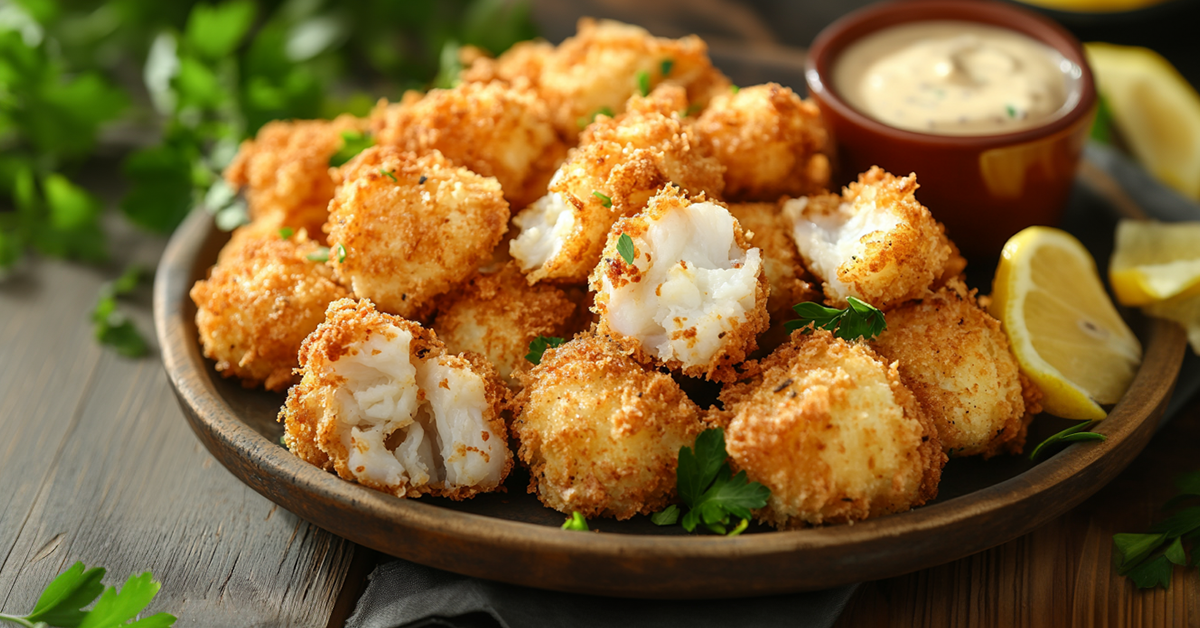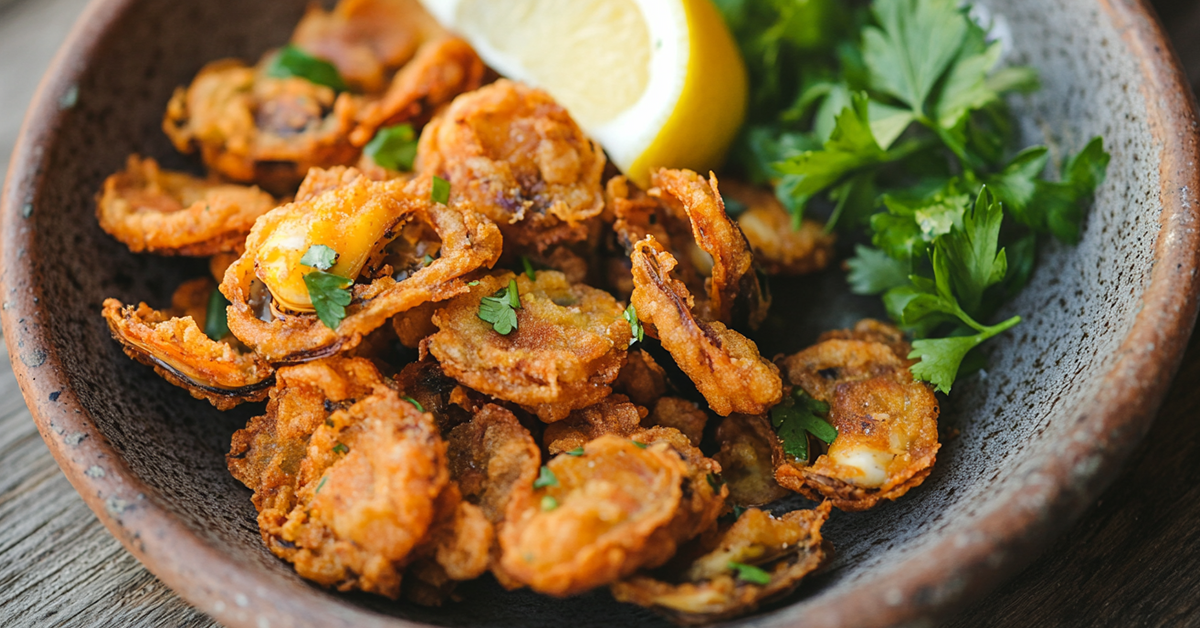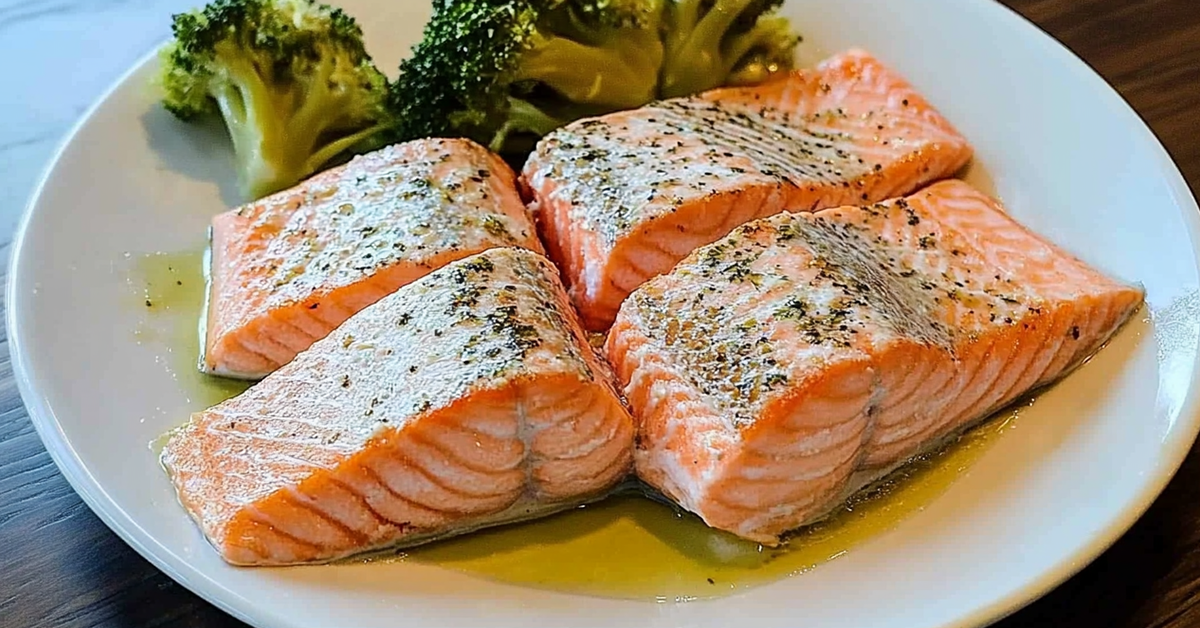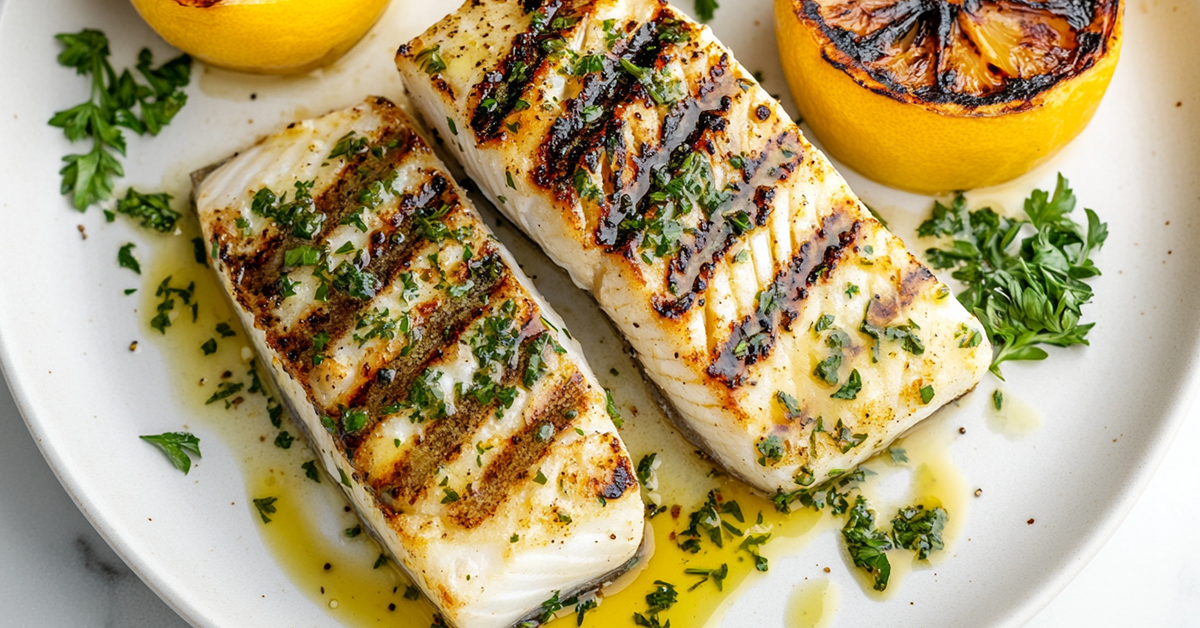Many home cooks struggle to cook lobster tail just right. These delicate pieces often turn out rubbery and overcooked, missing that sweet, succulent texture that makes lobster such a premium dish. The sous vide lobster tail technique will give you restaurant-quality results every time.
Sous vide cooking turns lobster tail preparation into a precise and controlled process. You can get your lobster butter-tender or slightly firm – the right sous vide temperature makes it happen consistently. This piece shows you everything from picking the best lobster tails to becoming skilled at a sous vide recipe that will lift your seafood cooking to new heights.
What you’ll learn:
- How to select the perfect lobster tails
- Equipment you need and temperature guidelines
- Step-by-step preparation techniques
- Serving suggestions and wine pairings
- Nutritional benefits and health tips
Table of Contents
Why Choose Sous Vide for Lobster Tails
Precision in cooking lobster tails makes all the difference between a memorable meal and a disappointing dinner. Sous vide cooking gives you unmatched control over the cooking process that will give you perfect lobster tails every time.
Traditional cooking methods like boiling, steaming, or grilling each present their own challenges. Your lobster becomes tough and rubbery with just one extra minute of cooking. Too little time leaves you with undercooked seafood. Sous vide lobster tail eliminates these common pitfalls completely.
Sous vide stands out for cooking lobster tails because:
- Perfect edge-to-edge cooking: Unlike traditional methods where the outer edges often overcook before the center reaches the right temperature, sous vide gives uniform doneness throughout
- Consistent results: You can copy these results every time once you find your preferred temperature
- Enhanced flavor retention: The sealed cooking environment locks in natural juices and flavors
- Stress-free timing: The precise temperature control means your lobster won’t overcook, even if you leave it a few extra minutes
Sous vide lobster’s beauty lies in its simplicity. You don’t need to watch a pot or check internal temperatures constantly. The process lets you set your desired temperature, place your seasoned lobster tails in the water bath, and let science do the work. You can focus on preparing your sides or creating the perfect table atmosphere.
Sous vide works exceptionally well for lobster tail as it keeps the meat’s natural moisture. Traditional methods can dry out these delicate tails, but sous vide cooking’s sealed environment preserves all those flavorful juices. The result gives you tender, succulent lobster meat that melts in your mouth.
Home cooks can achieve restaurant-quality results as sous vide takes away the guesswork from lobster tail preparation. This method will give exceptional results whether you’re cooking for a special occasion or treating yourself to a luxurious meal.
Read also: Steamed Lobster Recipe
Understanding Lobster Tail Selection
The perfect sous vide seafood experience starts with picking the right lobster tail. Let’s become skilled at choosing the ideal tail for your next culinary adventure before we explore temperatures and cooking times.
Size matters with lobster tails. Medium-sized tails (4-6 ounces) give you the best balance of flavor and texture for sous vide cooking. These portions cook uniformly and deliver a generous serving while you retain control of that sweet, delicate taste that makes lobster famous.
Your sous vide lobster tail should meet these quality standards:
- Shell color should be vibrant without discoloration
- Meat should appear translucent and moist
- No strong fishy odors
- Shell should be free from black spots or damages
- Tail should curl naturally, not be limp
The fresh versus frozen debate has a clear answer. High-quality frozen tails work great for sous vide cooking, though fresh lobster tails are excellent. Most “fresh” lobster tails at markets have been frozen before. Frozen tails should be vacuum-sealed and kept at proper temperatures.
Cold-water versus warm-water lobster tails give you different options. Cold-water tails from Maine or Canada provide firmer, sweeter meat that works perfectly for sous vide preparation. Warm-water varieties cost less but yield slightly less meat with a different texture.
Your lobster tail’s shell condition plays a vital role in sous vide cooking. A hard, clean shell shows a healthy lobster and simplifies preparation. Steer clear of tails with soft or discolored shells – they might indicate poor quality or mishandling.
Proper storage makes a difference until cooking time. Fresh tails belong in your refrigerator’s coldest part and should be used within 1-2 days. Frozen tails need a steady freezer temperature. Thaw them slowly in the refrigerator when ready. Room temperature thawing affects both safety and texture, so avoid it.
Read also: Butter Poached Lobster Recipe
Essential Equipment for Sous Vide Lobster Tail
The right equipment makes all the difference when you create perfect sous vide lobster tail. Let’s look at everything you need in your kitchen to become skilled at this cooking technique.
Your simple sous vide setup needs:
- Sous Vide Immersion Circulator: This maintains precise water temperature
- Large Container or Pot: You need one deep enough to fully submerge your lobster tails
- Vacuum Sealer and Bags: These create an airtight seal around your lobster
- Kitchen Thermometer: This verifies water temperature
- Tongs: These help remove bags from hot water safely
- Timer: A backup timer helps even though most circulators have built-in ones
A vacuum sealer gives the best results, but high-quality freezer bags with the water displacement method work well too. This approach suits beginners or occasional sous vide cooking perfectly.
Optional but helpful equipment has a container lid with a custom cut-out for your circulator. This cuts down water evaporation during longer cooking sessions and keeps temperature steady. A rack or weights keep your lobster tails fully submerged and properly spaced in the water bath.
A kitchen torch or a hot cast-iron skillet adds the final touch. These tools create that appealing golden finish on your lobster meat after sous vide cooking, though they’re not strictly necessary.
Airtight, food-grade containers store leftover lobster tail effectively. Extra vacuum seal bags come in handy when cooking multiple tails.
You may like: Fried Lobster Recipe
Note that quality equipment doesn’t mean the most expensive options. Reliability and functionality matter more than fancy features. Your sous vide immersion circulator is a vital tool worth investing in because temperature precision leads to perfect lobster tail results.
The Perfect Sous Vide Temperature Guide
Getting the perfect temperature makes all the difference when cooking sous vide lobster tail. Let me show you the exact temperatures you need to achieve your desired texture.
Detailed temperature recommendations for different textures
The texture you want determines your cooking temperature. Here’s a complete guide to help you:
Sashimi-style: Cook at 120°F (49°C) to get a soft, translucent center that tastes like high-grade sashimi. The meat stays slightly translucent – perfect for cold dishes.
Tender and Succulent: Your circulator should be at 130°F (54°C) to strike the perfect balance between tenderness and firmness. This temperature gives you fully firm, meaty texture without sacrificing tenderness.
Traditional Style: A temperature of 140°F (60°C) creates a texture that’s closest to regular cooked lobster, while you still get the precision of sous vide cooking.
Claw Meat: The claws need a higher temperature than tails – cook them at 150°F (66°C) to get the right firmness.
Time and temperature combinations explained
A 1½-pound lobster tail needs about 20 minutes of cooking time, regardless of your chosen temperature. You’ve got some wiggle room – cooking for up to an hour won’t hurt your lobster, but going longer can make the meat mushy.
Frozen tails need about 50% more time to cook properly. Shell-on lobster takes longer than shell-off preparation.
Common temperature-related mistakes to avoid
- Don’t cook below 127°F for more than 3-4 hours as it can be unsafe
- Stick to tested guidelines instead of averaging temperatures from different recipes
- Cooking beyond one hour can result in mushy texture
- Tails and claws need different temperatures
- The water temperature must stay consistent throughout cooking
The claws need special attention. If you have just one sous vide device, you can cook the claws traditionally for about 5 minutes before adding them to the bag with your tails.
Read also: Sous Vide Scallops Recipe
Understanding Lobster Tail Preparation
The right preparation of your lobster tail will give a solid foundation for sous vide success. You need to become skilled at a few preparation techniques that make all the difference in your final dish.
How to clean and prepare lobster tails
You should par-boil your lobster tail before removing the shell to get the best results. A large pot of boiling water works well. Just submerge your tail for 1-1.5 minutes and transfer it to an ice bath. This quick cooking makes shell removal easier by a lot while keeping the meat pristine.
Your tail needs to stay flat on the cutting board to prevent curling. Insert two wooden skewers from the body end through the tail joints, close to the shell. This method will give a perfectly shaped lobster tail throughout cooking.
Proper butterfly technique for presentation
The butterfly technique creates an impressive presentation that works great for special occasions. Here’s how to get that restaurant-style look:
- Place the tail shell-side up on your work surface
- Cut down the center of the shell with kitchen shears, stopping at the tail fan
- Gently spread the shell halves apart using your thumbs
- Carefully lift the meat, keeping it attached at the tail fan
- Lay the meat on top of the shell
- Press the shell halves together underneath
Tips for removing shells and membrane
Squeeze the tail’s sides firmly until you hear a crack along the top. The broken cartilage underneath makes shell removal easier. Kitchen shears help you snip through stubborn cartilage if needed.
Safety tips when handling lobster tails:
- Use gloves or a kitchen towel for better grip
- Keep your cutting movements steady and well thought out
- Watch for sharp edges on the shell
- Your work surface should be stable and clean
Frozen tails need complete thawing in the refrigerator before prep. Check for dark spots or discoloration that might show quality problems after thawing. The dark line running down the tail is the digestive tract – remove it if you see it.
Note that prepared lobster meat becomes more delicate after shell removal. Handle it with care to maintain its shape as you get it ready for cooking.
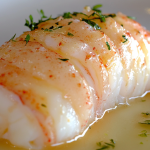
Sous Vide Lobster Tail
- Total Time: 1 hour
Description
The quickest way to make restaurant-quality seafood at home is this elegant yet simple sous vide lobster tail recipe. Your kitchen will become a gourmet destination with these consistently tender, buttery results.
This recipe helps you create perfectly cooked, butter-poached lobster tails with precise temperature control and simple ingredients. The meat turns out succulent and tender, infused with rich butter and subtle herb flavors.
Ingredients
- 4 lobster tails, shells removed
- 8 tablespoons unsalted butter, cut into small squares
- Fresh tarragon sprigs
- Sea or kosher salt
- Fresh ground pepper
- 4 lemon slices
- 2 tablespoons chopped parsley (for garnish)
Instructions
- Set your sous vide water bath to your preferred temperature (130°F/54°C for tender, succulent texture).
- Sprinkle sea salt on the prepared tail meat.
- Place lobster tails in a food-grade vacuum seal bag or high-quality freezer bag and arrange them in a single layer.
- Add butter pieces and tarragon sprigs on top of each tail.
- Remove air from the bag with either a vacuum sealer or water displacement method.
- Submerge the sealed bag until tails are fully covered once water reaches temperature.
- Set timer for 45 minutes.
- Remove bag carefully from water bath after cooking.
- Take out tails and discard used herbs.
- Serve with the melted butter from the bag and fresh lemon wedges.
Notes
– High-end, name-brand plastic bags (like Ziploc and Glad) are safe for sous vide cooking.
– Defrost frozen tails in refrigerator for at least 24 hours before cooking.
– The cooking time should not exceed one hour to avoid mushy texture.
– The butter sauce from the bag makes an excellent serving sauce.
- Prep Time: 15 minutes
- Cook Time: 45 minutes
- Category: Seafood
- Method: Sous Vide
- Cuisine: American
Health Benefits of Lobster Tail
Sous vide lobster tail tastes amazing and comes packed with nutritional benefits that health-conscious food lovers will appreciate. This gentle cooking method preserves nutrients better than traditional cooking.
Protein Powerhouse Lobster tail gives your body a protein boost that helps maintain and build muscle. The precise temperature control of sous vide cooking keeps the protein structure intact, so you get the most nutrition from each serving.
Essential Nutrients Sous vide lobster tail packs everything in vital nutrients your body needs:
- Omega-3 fatty acids for heart and brain health
- Vitamin B12 for nerve function and energy
- Selenium for immune system support
- Zinc for metabolism and healing
- Copper for bone strength
- Iodine for thyroid function
The controlled environment of sous vide cooking keeps these nutrients locked in, unlike boiling where water-soluble vitamins can escape. Your sous vide lobster tail keeps more of its natural nutritional value, so each bite contributes to your daily nutrition needs.
Heart-Healthy Choice Sous vide lobster needs less butter than traditional cooking methods, which keeps calories in check without sacrificing flavor. You can control the exact amount of fat that goes into your meal, making it easy to line up with your diet goals.
Weight Management Support Sous vide lobster tail fits right into your meal plan if you’re watching your weight. The high protein content keeps you feeling full longer, and you need minimal added fats to get excellent results. You can enjoy this luxurious meal while working toward your health goals.
Sous vide cooking keeps your lobster tail tender and moist without heavy sauces or extra butter. This preserves the natural health benefits of this premium seafood. You’re not just making a delicious meal – you’re making a smart choice for your health.
References:
– Healthline
Nutritional Information
The nutritional profile of sous vide lobster tail can help you plan your meals and portions better. Let’s explore what each serving of this premium seafood dish offers.
A 4-ounce serving of sous vide lobster tail delivers excellent nutritional value with minimal calories. The sous vide method with just a touch of butter yields these approximate values:
| Nutrient | Amount per 4 oz serving |
|---|---|
| Calories | 90-100 |
| Protein | 19g |
| Total Fat | 1.2g |
| Cholesterol | 95mg |
| Sodium | 380mg |
| Carbohydrates | 0g |
Portion Control Tips The ideal portion size ranges from 4-6 ounces per person. Adding butter or sauces will boost your dish’s calorie count.
Dietary Considerations Sous vide lobster tail adapts well to different eating plans:
- Keto-friendly with zero carbohydrates
- High-protein for muscle maintenance
- Low-fat when prepared with minimal added fats
- Gluten-free naturally
This cooking method preserves your lobster tail’s natural nutrients better than traditional approaches. The precise temperature control ensures valuable nutrients stay locked in rather than escaping into cooking water.
Sodium Awareness Lobster contains natural sodium, but the sous vide method lets you control added salt. You can adjust seasonings to match your sodium needs while preserving the lobster’s natural flavors.
Note that these values only reflect the lobster tail itself. Your complete meal’s nutrition will depend on any sauces, sides, or garnishes you add. This knowledge helps you enjoy this luxurious seafood while managing your nutritional goals.
Serving Suggestions and Pairings
Make your sous vide lobster tail stand out with smart presentation and perfect pairings. The right accompaniments will turn your perfectly cooked lobster into an unforgettable meal.
Classic Side Dish Pairings Your sous vide lobster tail needs companions that complement its delicate flavor without overpowering it. These tested combinations work beautifully:
- Roasted asparagus with lemon zest
- Garlic mashed potatoes
- Wild rice pilaf
- Grilled corn on the cob
- Steamed seasonal vegetables
Wine and Beverage Selections A well-chosen wine brings out your lobster’s natural sweetness. Here’s your pairing guide:
| Wine Type | Characteristics | Best With |
|---|---|---|
| Chardonnay | Buttery, oak notes | Classic butter sauce |
| Sauvignon Blanc | Crisp, citrus notes | Herb-seasoned tail |
| Champagne | Light, effervescent | Special occasions |
Non-wine drinkers can enjoy craft mocktails with citrus and herbs. A sparkling water with a lemon twist keeps the meal elegant and cleanses your palate.
Presentation Tips Your sous vide lobster tail looks stunning on warmed plates with fresh herbs or microgreens that add color. Place a small ramekin of drawn butter at 2 o’clock on the plate for both function and style. Fresh lemon wedges and a sprinkle of high-quality sea salt make perfect final touches.
Your plate becomes more interesting when you play with temperature contrasts. Hot lobster tail paired with a chilled cucumber salad or cool citrus slaw creates an exciting dining experience.
Sauce Suggestions Simple drawn butter works perfectly with your sous vide lobster tail, but these sauces can add variety:
- Classic hollandaise
- Lemon herb butter
- Champagne sauce
- Light cream sauce with fresh tarragon
Serve additional sauces on the side to let your lobster tail’s natural flavors shine. Your guests can customize their meal while appreciating the precise cooking method you’ve mastered.
You may like: Sous Vide Cod Recipe
Conclusion
Sous vide lobster tail makes an intimidating dish easy to prepare with restaurant-quality results. The right temperature settings, proper preparation techniques, and basic equipment help you cook perfect lobster tails consistently.
This cooking method does more than simplify the process – it ensures consistent results and keeps nutrients and natural flavors intact. Your perfectly cooked lobster tail becomes the highlight of an unforgettable meal when paired with the right sides and wines.
These techniques will help you avoid overcooked, rubbery lobster forever. You can now confidently prepare an intimate dinner or host a special celebration. The sous vide method lets you achieve professional-level results at home that will amaze your guests.

